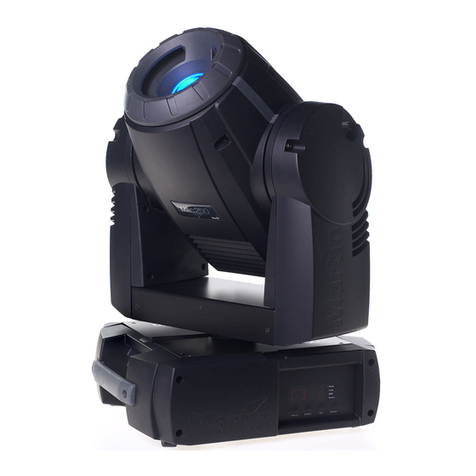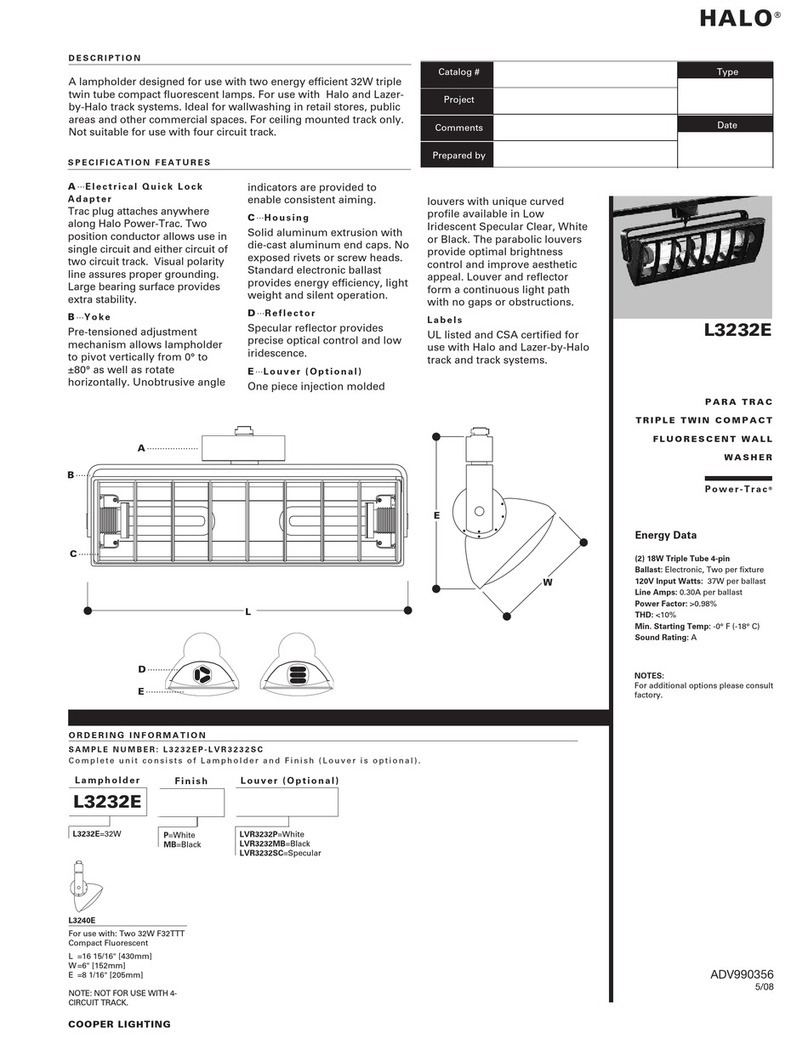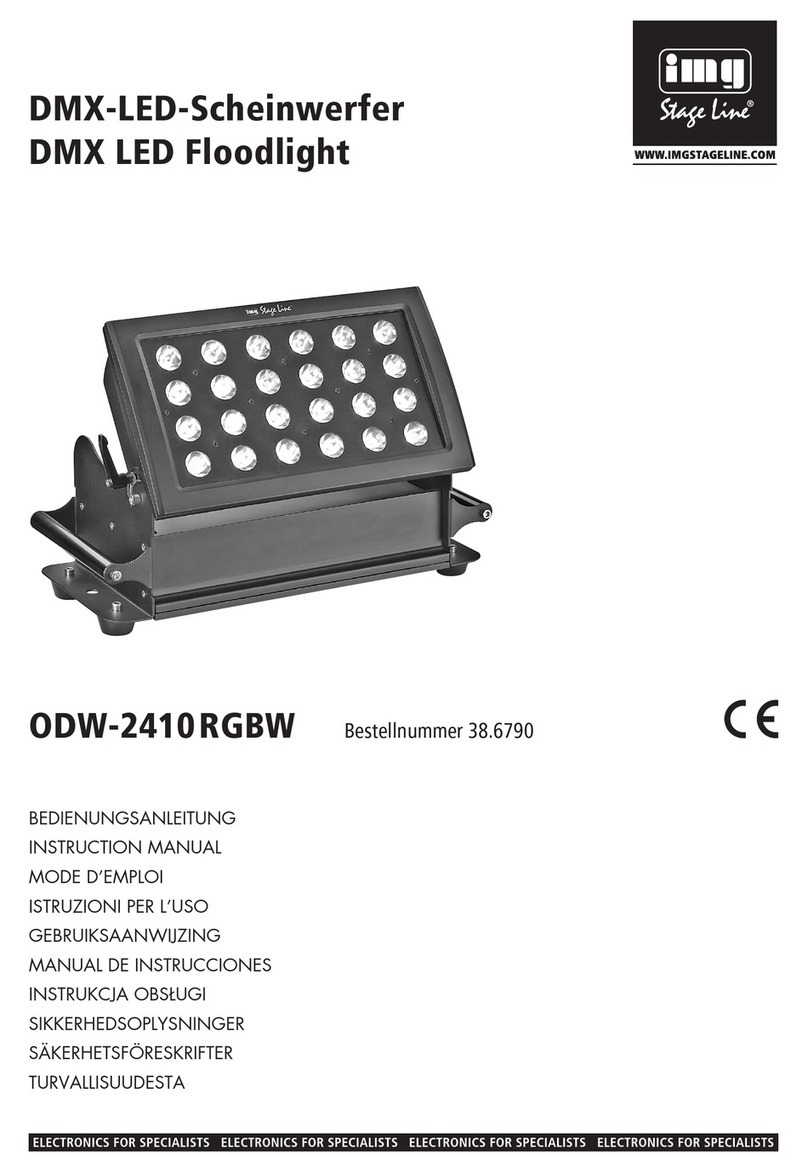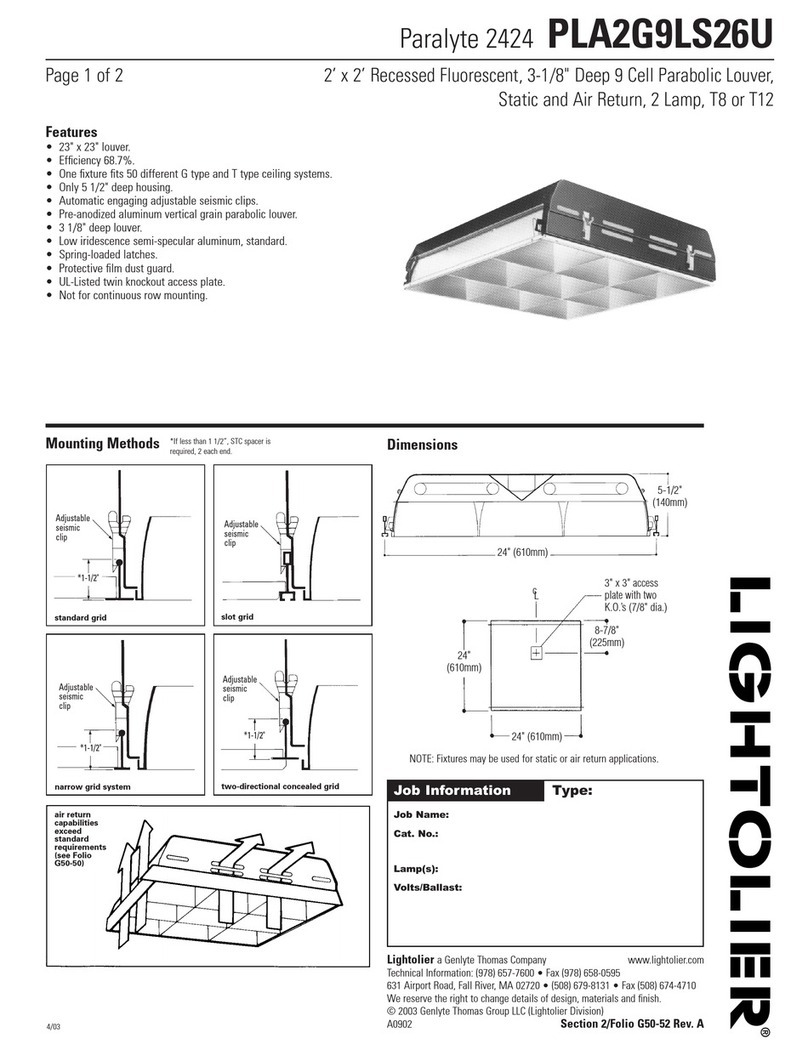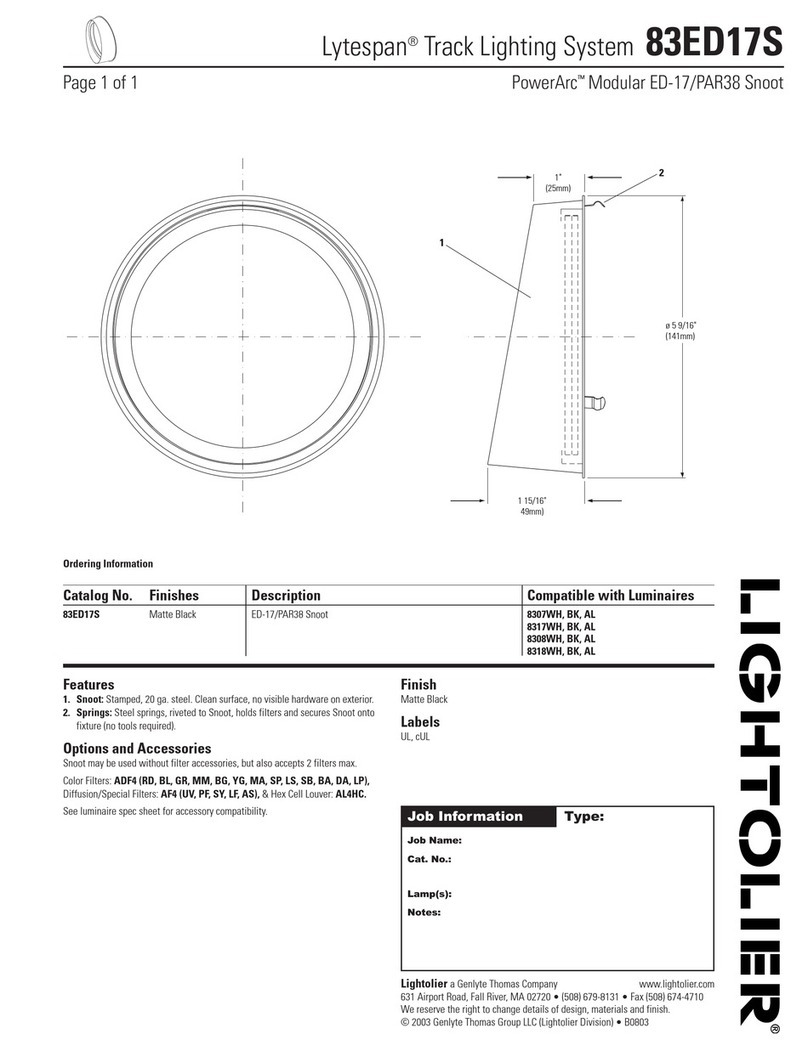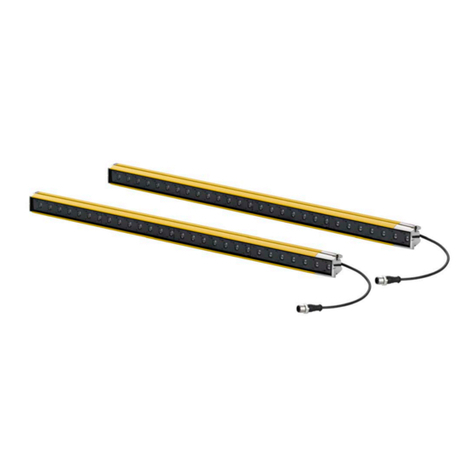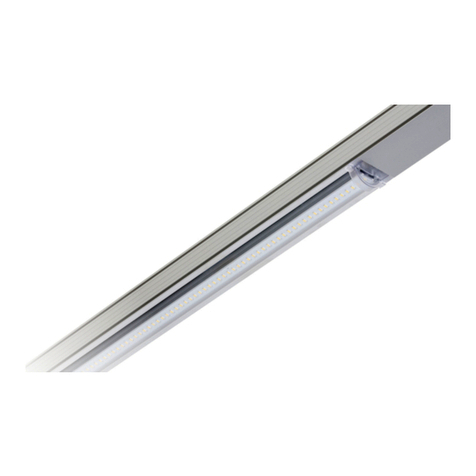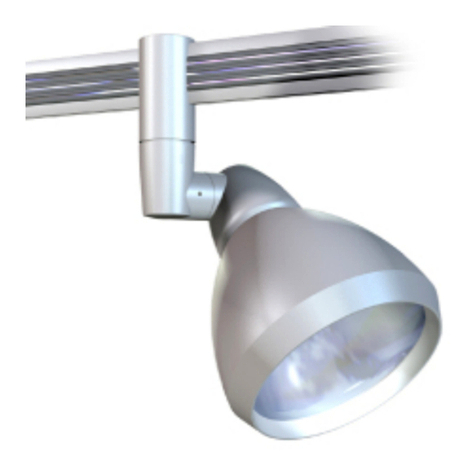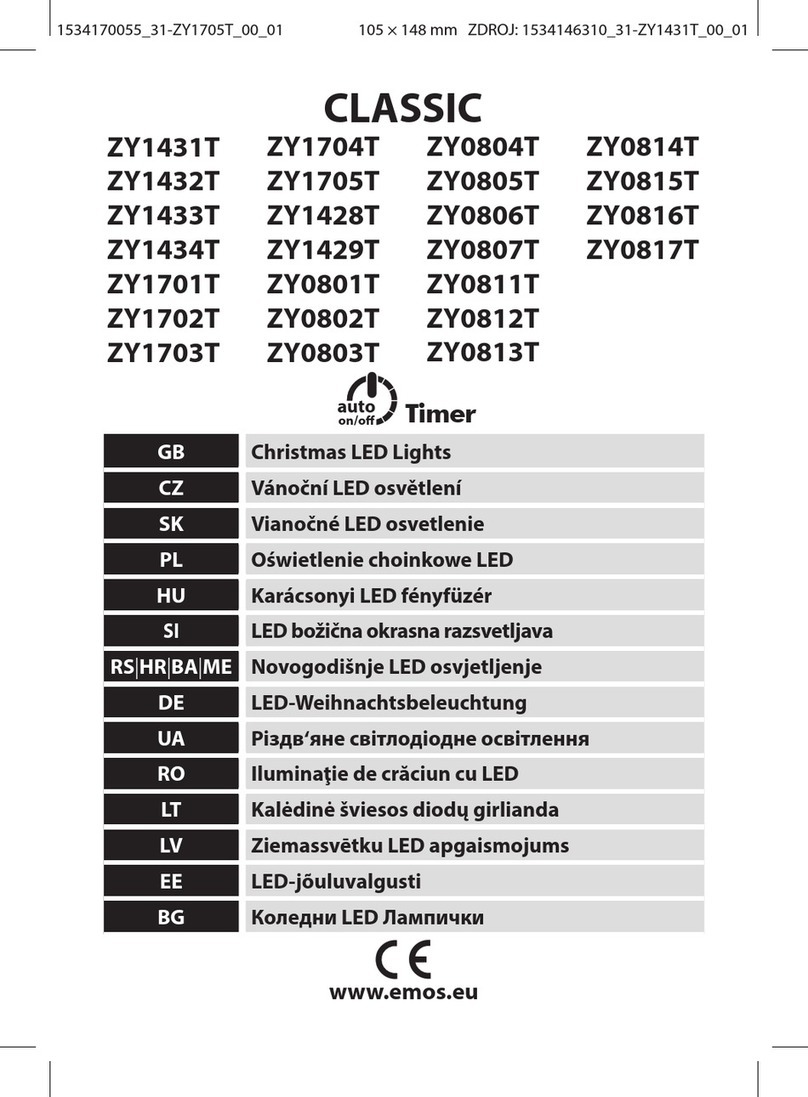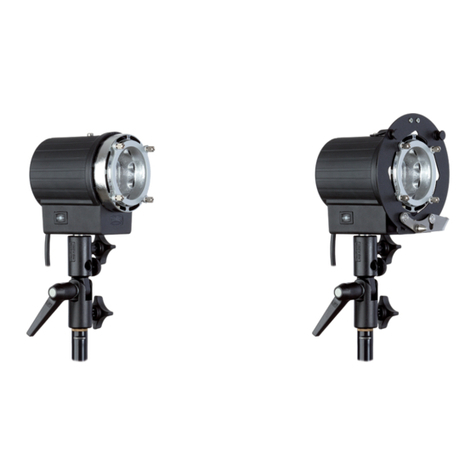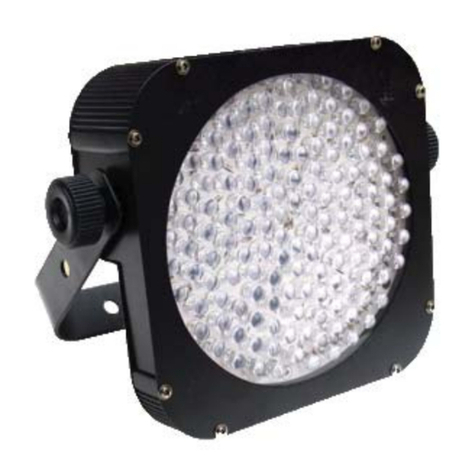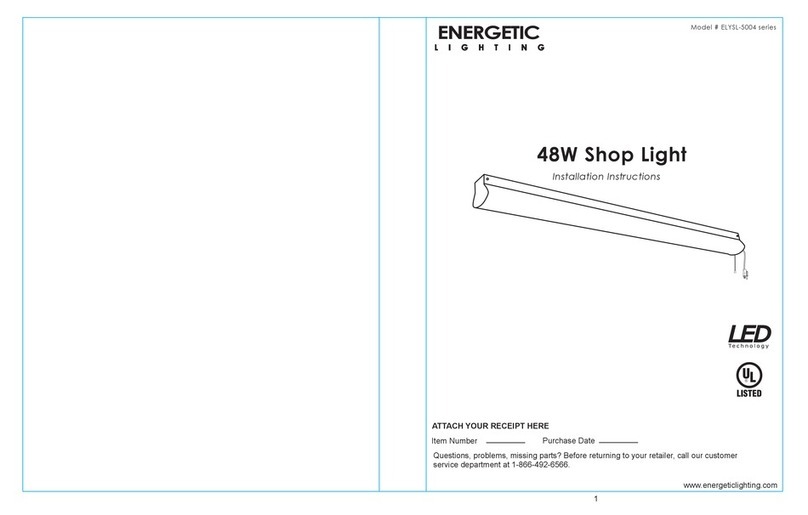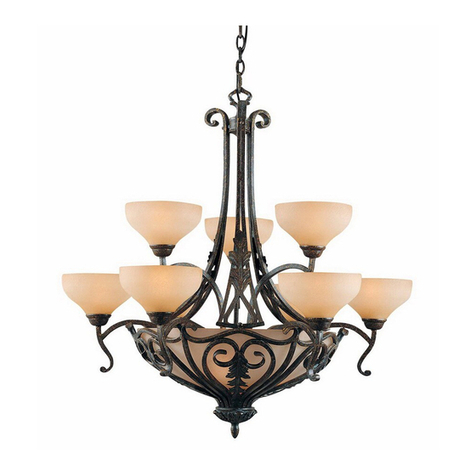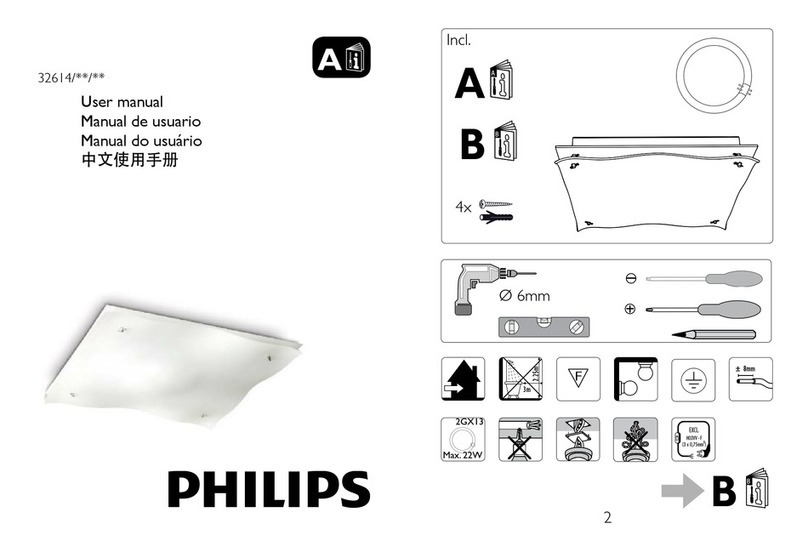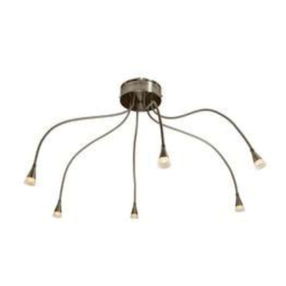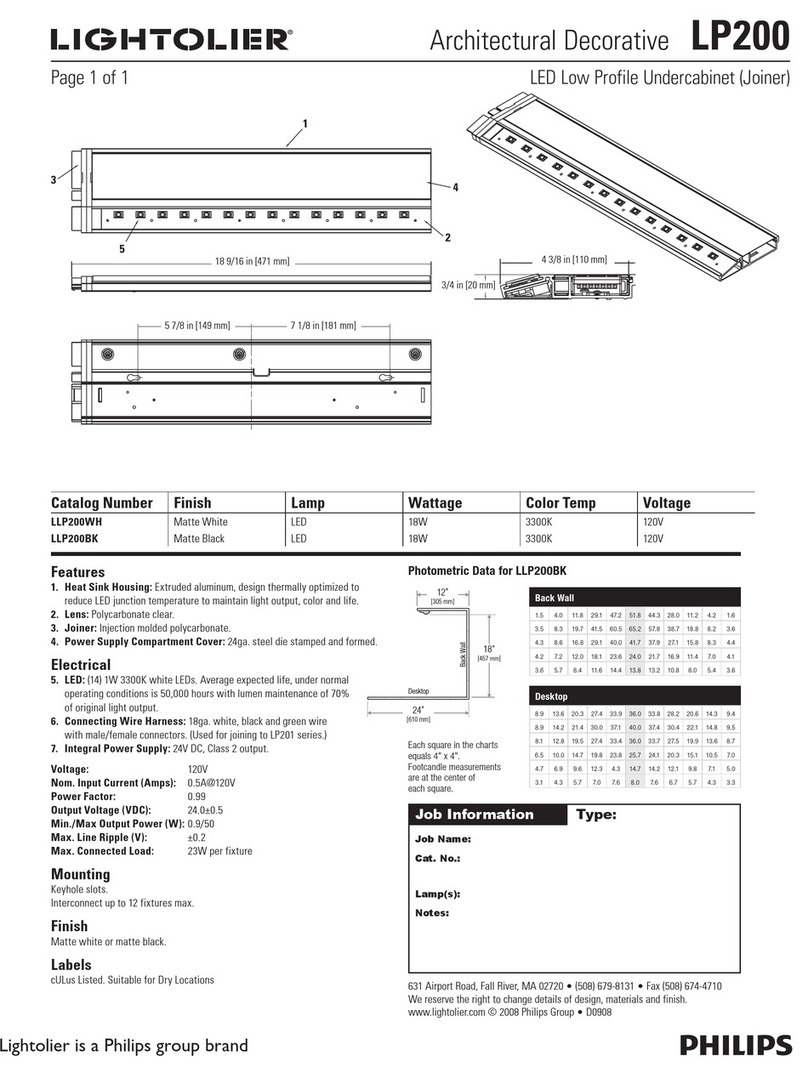Table of contents
Leuze electronic GmbH & Co. KG CSL 505 3
1General information..................................................................................................... 5
1.1 About this technical description.............................................................................................................5
1.2 Used symbols and signal words .............................................................................................................5
1.3 Declaration of Conformity........................................................................................................................5
2Safety notices............................................................................................................... 6
2.1 Safety standards........................................................................................................................................6
2.2 Approved purpose .....................................................................................................................................6
2.3 Working safely............................................................................................................................................7
3Product description...................................................................................................... 8
3.1 General information ..................................................................................................................................8
3.2 Performance characteristics ...................................................................................................................8
3.3 Configuration interface.............................................................................................................................9
3.4 Configuration software...........................................................................................................................10
3.5 Parameters (receiver).............................................................................................................................11
3.5.1 Switching output (dark/light)..............................................................................................................11
3.5.2 Output functions (pin 2/pin 4)............................................................................................................11
3.5.3 Beam mode.............................................................................................................................................12
3.5.4 Relative switching threshold ...............................................................................................................13
3.5.5 Blanking of beams.................................................................................................................................13
3.5.6 Start beam of second switching range..............................................................................................14
3.5.7 Synchronization beam ..........................................................................................................................15
3.5.8 Smoothing ...............................................................................................................................................15
3.5.9 Pulse stretching [ms]............................................................................................................................15
3.5.10 Top blanking ...........................................................................................................................................15
3.5.11 Relative switching threshold: Warn ...................................................................................................15
3.5.12 Warn signal delay [s] ............................................................................................................................16
3.5.13 Power-up teach delay [s].....................................................................................................................16
3.5.14 Blanking warning ...................................................................................................................................16
3.5.15 Overview table of configuration values for receiver .......................................................................17
3.6 Parameters (transmitter).......................................................................................................................19
3.6.1 High signal or Low signal at input......................................................................................................19
3.6.2 Operating range .....................................................................................................................................20
4Mounting and commissioning................................................................................... 21
4.1 Electrical connection ..............................................................................................................................23
4.1.1 M8 connector variant............................................................................................................................23
4.2 Teach event ..............................................................................................................................................24
4.2.1 Teach event for devices prior to 40/2017 (firmware version up to V.2.21) ...............................24
4.2.2 Teach event for devices after 40/2017 (firmware version starting with V2.22) .......................25
4.2.3 Optional teach-in adapter....................................................................................................................25
4.3 LED indicators/Error diagnostics.........................................................................................................26
4.3.1 Receiver bar............................................................................................................................................26
4.3.2 Transmitter bar ......................................................................................................................................26
4.4 Substitution of Vario B ...........................................................................................................................27
4.4.1 Receiver bar............................................................................................................................................27
4.4.2 Transmitter bar ......................................................................................................................................27
5Maintenance ............................................................................................................... 28
6Technical data ............................................................................................................ 29
6.1 General specifications............................................................................................................................29
6.2 Nomenclature...........................................................................................................................................30

